Description
The IBM Certified Database Administrator is the lead database administrator (DBA) for the DB2 product at the z/OS running machine. This person has big revel in as a DBA and enormous know-how of DB2, specially the brand new capabilities and capability associated with model eleven. This individual is able to acting the intermediate to superior obligations associated with database layout and implementation, operation and healing, protection and auditing, overall performance, and set up and migration/enhancements particular to the z/OS running machine.
Requirements
Exam C2090-312: IBM DB2 eleven DBA for z/OS
Exam Objectives
Please observe this examination has been withdrawn and could get replaced with the aid of using the examination C1000-122
Number of questions: 67
Number of inquiries to pass: 40
Time allowed: 90 minutes
Status: Withdrawn
Section 1: Database Design and Implementation24�signal tables and views (columns, statistics kind issues for big items, XML, column sequences, user-described statistics types, temp tables, clone tables, temporal tables, MQTs, new archive transparency, etc.)
Explain the unique overall performance implications of identification column, row ID, and collection column definitions (applications, utilities), hash get right of entry to
Design indexes (key structures, kind of index, index web page structure, index column order, index area, clustering, compression, index on expression, consist of column)
Design desk spaces (select a DB2 web page size, clustering) and decide area attributes
Perform partitioning (desk partitioning, index partitioning, DPSI, standard desk area)
Normalize statistics (E-R version, system version) and translate statistics version into bodily version (denormalize tables)
Implement user-described integrity rules (referential integrity, user-described features & statistics types, test constraints, triggers)
Use the perfect approach to regulate DB2 items (desk, column, drop column, regulate restrict key, index, desk area, database, on-line schema)
Understand affects of various encoding schemes
Section 2: Operation and Recovery22%
Knowledge of instructions for ordinary operational conditions (START, STOP, DISPLAY)
Knowledge of instructions and software manipulate statements to be used in atypical conditions (RECOVER, RESTART)
Load and dump statistics into and from the created tables
Reorganize items whilst necessary (reorg avoidance, automated mapping desk, new reorg capabilities)
Monitor the item with the aid of using amassing information (run stats, stepped forward in-line information, actual time stats, autonomic stats, and information associated saved procedures)
Monitor and control threads and utilities (disbursed, local, MODIFY DDF)
Identify and reply to advisory/restrictive statuses on items
Identify and carry out hassle determination (lines and different utilities, plans and packages)
Perform fitness checks (test utilities, offline utilities, catalog queries)
Identify and carry out movements which are had to defend databases from deliberate and unplanned outages (tables spaces; indexes; complete pack; hardware; Flash copies; complete, incremental, reference update; replica-to-replica, non-statistics items; catalog) and healing scenarios (off-webweb page healing, statistics sharing, desk spaces, indexes, roll forward, roll back, present day factor in time, earlier factor in time, machine factor in time replica and restore, catalog and directory, offline utilities (DSN1), new Extended RBA and LRSN)
Section 3: Security and Auditing6%
Understanding privileges and authorities
Protect get right of entry to to DB2 and its items
Audit DB2 interest and assets and become aware of number one audit techniques
Identify and reply correctly to signs from hint output or mistakess messages that represent protection problems
Section 4: Performance22%
Plan for overall performance tracking with the aid of using putting in place and jogging tracking procedures (continuous, detailed, periodic, exception)
Analyze overall performance (control and song CPU requirements, memory, I/O, locks, reaction time, index and desk compression)
Analyze and reply to RUNSTATS information analysis (actual-time, batch, catalog queries, reports, histograms)
Determine whilst and the way to carry out REBIND (APCOMPARE and APREUSE)
Describe DB2 interplay with WLM (disbursed, saved procedures, user-described features, RRS)
Interpret lines (information, accounting, overall performance) & give an explanation for the overall performance effect of various DB2 lines
Identify and reply to crucial overall performance metrics (immoderate I/O wait times, lock-latch waits and CPU waits; deadlocks, timeouts, RID failures)
Review and song SQL (get right of entry to paths, EXPLAIN tables, attention of question transformation and predicate processing, use of Virtual Indexes)
Dynamic SQL Performance (DSN_STATEMENT_CACHE_TABLE, parameter markers, literal replacement, REOPT)
Design capabilities for overall performance (hash row get right of entry to, inline LOBs)
Knowledge of controlling get right of entry to paths (SYSSTATSFEEDBACK desk, SYSQUERY)
Section 5: Installation and Migration / Upgrade7%
Knowledge and knowledge of the crucial ZPARMs (database-, item- and utility-oriented, utility compatibility – no DDF)
Identify and give an explanation for Datasharing additives and instructions
Knowledge of pre-migration checklists
Knowledge of catalog and directory (new tables, alternate tables, new items)
Section 6: Additional Database Functionality10%
Knowledge of SQL constructs (temporal, archive, desk features, integrated scalar features, recursive, not unusualplace desk expresssions)
Knowledge of SQL/PL (Array statistics kind, new array statistics kind features, features and procedures)
Knowledge of SQL/XML (effects database, XML features, go loader with XML, xpath expressions, FLWOR, sample matching and normal expressions)
Knowledge of Stored Procedures (native, outside, autonomous, ziip issues)
Knowledge of User-described features (scalar features, desk features, SQL/outside features)
Knowledge of worldwide variables (in saved procedures, in SQL/PL, disbursed issues)
Section 7: Distributed Access7%
Implementing disbursed statistics get right of entry to (communications database)
Knowledge of ZPARMs (for DDF)
Knowledge of DDF setup (DB2 Connect, Client, Drivers, profile tables, RLMT)
Understanding and imposing disbursed statistics get right of entry to (perf settings for DDF get right of entry to)
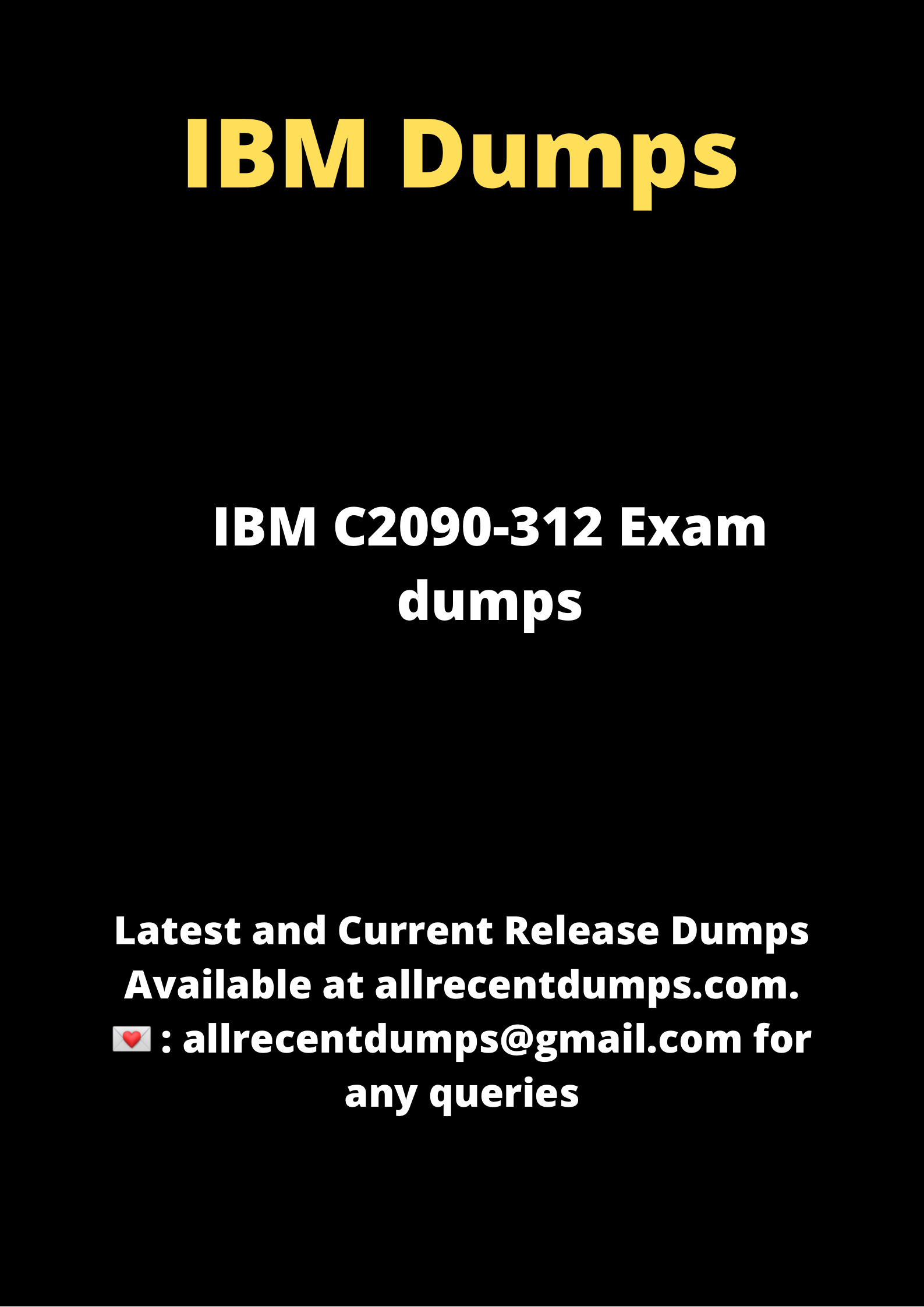

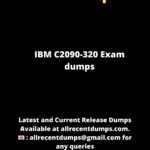
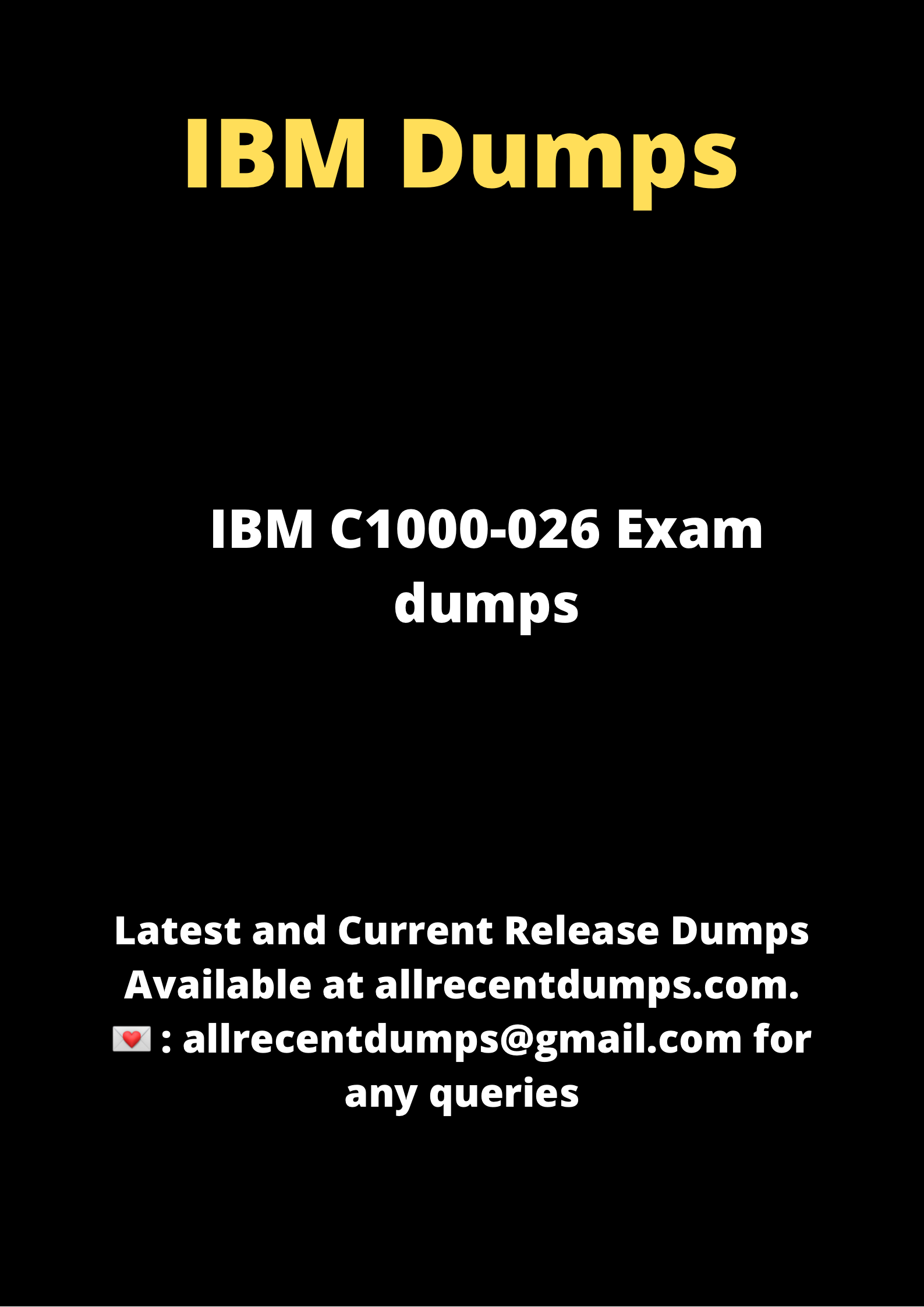
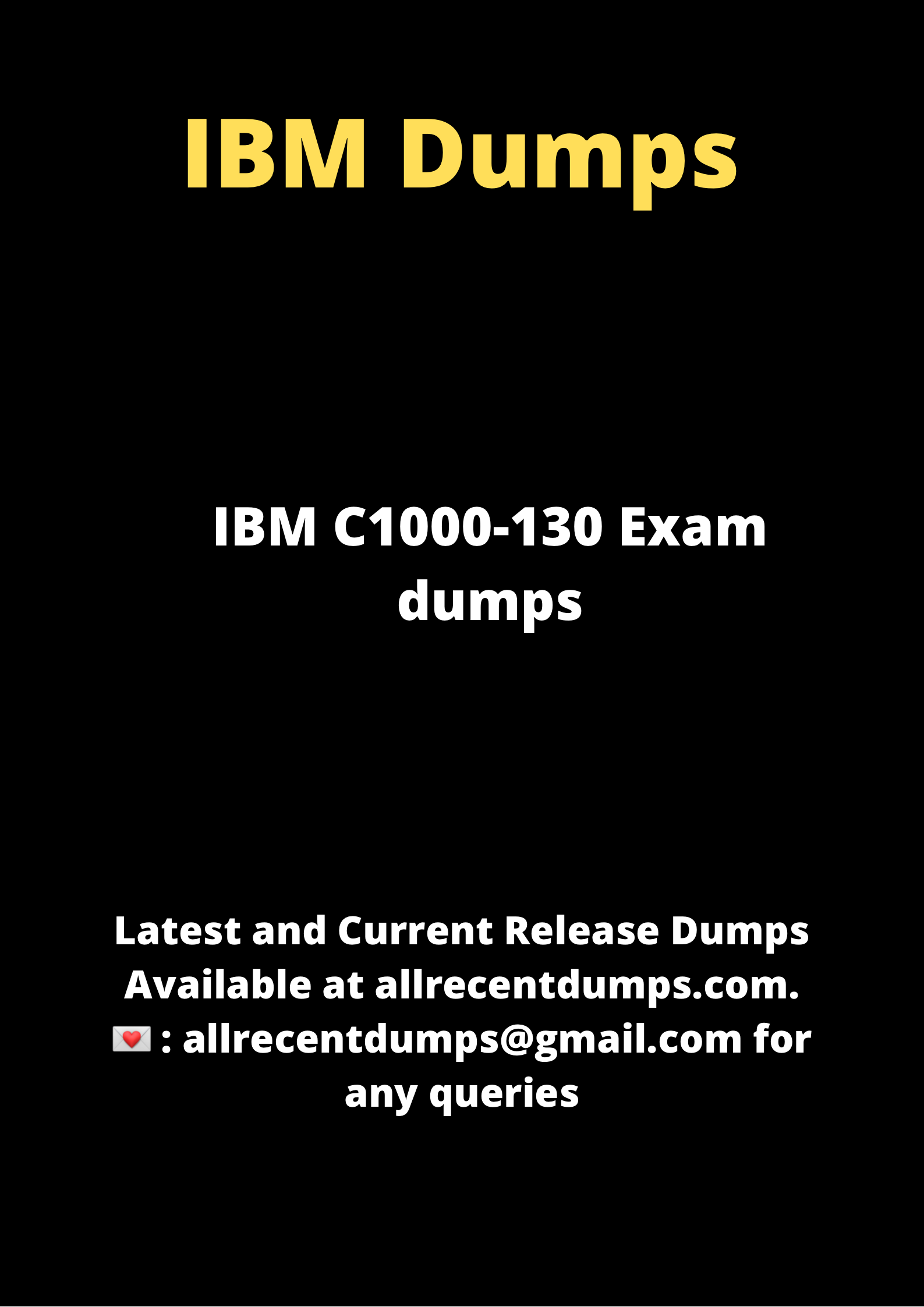
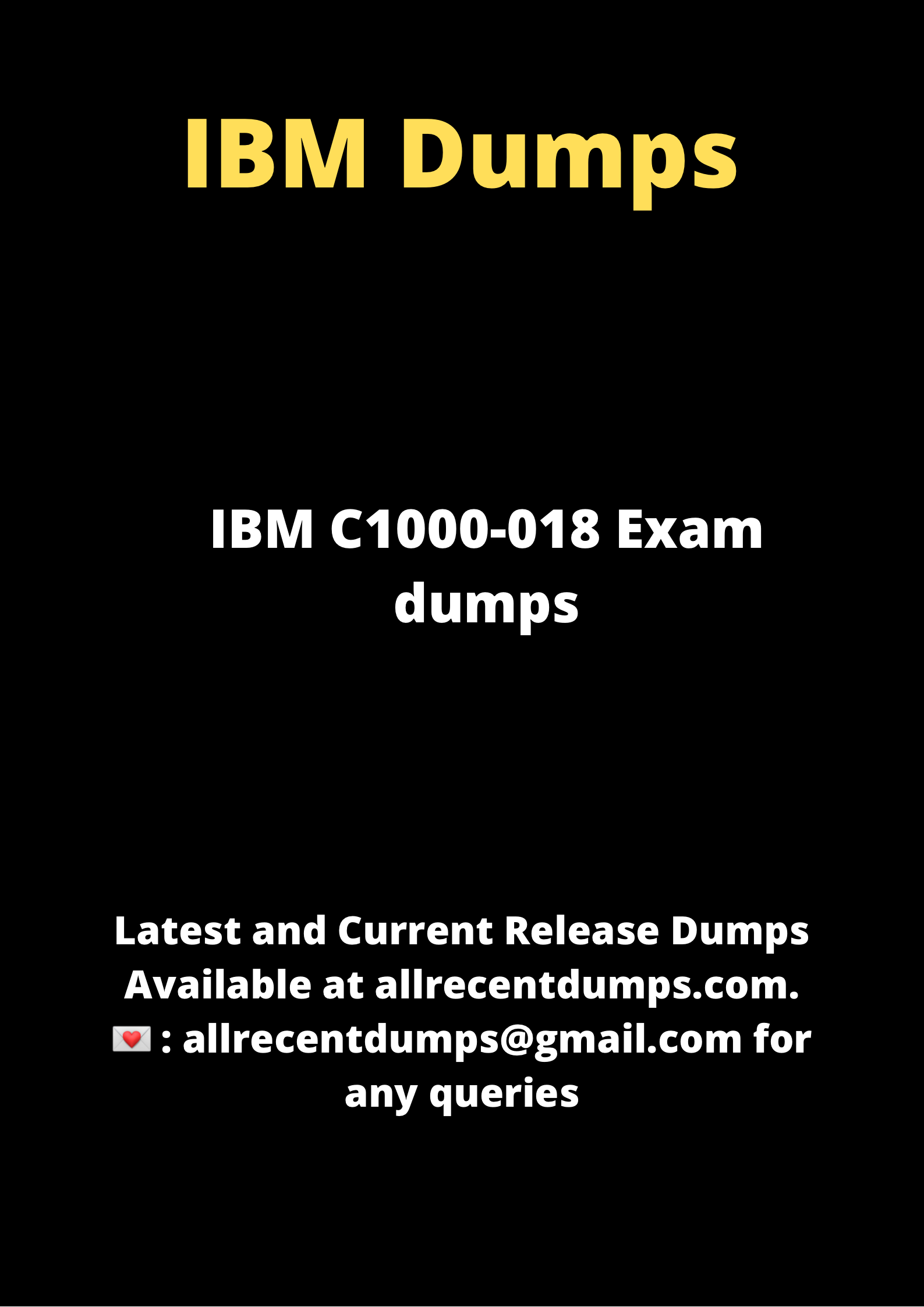

Reviews
0.0 Average Rating Rated ( 0 Review )
There are no reviews yet.